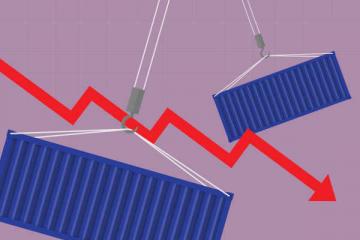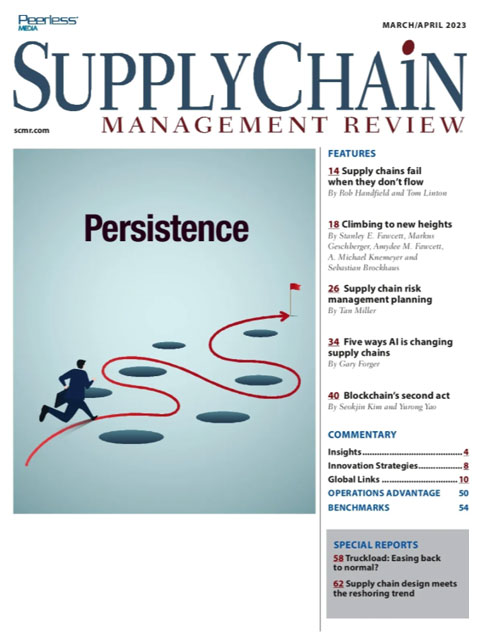Sorry, but your login has failed. Please recheck your login information and resubmit. If your subscription has expired, renew here.
March-April 2023
In June 2013, Frank Quinn stepped down as the only editorial director Supply Chain Management Review had ever known. “In thinking about those whom I’m indebted to for the success of SCMR over 16 years, there is one constituency that must rank first on the list—you, the reader,” Frank wrote, as he handed over the reins to Bob Trebilcock. Now, Bob has done the same, handing over the reins to the next generation. I am very proud to be that next generation. In a farewell letter of sorts, Bob wrote that he was the “old” and I as the “new.” Nothing could be further from the truth. There is no old or new, only continuity. That continuity is… Browse this issue archive.Need Help? Contact customer service 847-559-7581 More options
Editor’s note: Despite the hype around blockchain, the technology has yet to find a killer application in supply chain management. That could change. For their research, Seokjin Kim and Yurong Yao undertook a comprehensive review of the progress of blockchain in supply chain management.
In recent years, blockchain technology has been promoted as the next frontier in information technology and as the linchpin to a whole new technological landscape in supply chain management. Yet, evaluating the benefits against the potential hurdles to implementing a blockchain is a significant challenge. So is getting buy-in from trading partners. That has been further complicated by the fact that blockchain has often been synonymous with Bitcoin, which is now in the news for all the wrong reasons.
There are comparisons to RFID, which was similarly hyped in the early 2000s as the cure for what ailed the supply chain following mandates from Walmart and the Department of Defense. While RFID never lived up to its initial promise, once the hype died down and the mandates were curtailed, the technology experienced a second coming. In the years since, RFID has quietly found applications where it can deliver value.
The same may hold true for BSCs, our acronym for blockchains in supply chains. To be sure, most BSCs have not progressed beyond the pilot stage, and the benefits are difficult to quantify. However, with the spotlight on Bitcoin dimming, blockchain’s second coming, like that of RFID, may be just around the corner.
For this article, we take an evolutionary view of the blockchain landscape. First, we compare two broad categories: Enterprise-centered and customer-centered blockchains, or ECBs and CCBs. We then characterize key dimensions that are relevant to a supply chain leader. And we provide a framework for evaluating the technology.
Blockchains in supply chains
The term blockchain was first coined in 2008 as part of the development of a new electronic cash system centered around Bitcoin. It originally referred to a distributed infrastructure for recording, storing and sharing data across a large peer-to-peer network.

This complete article is available to subscribers only.
Log in now for full access or start your PLUS+ subscription for instant access.
SC
MR
Sorry, but your login has failed. Please recheck your login information and resubmit. If your subscription has expired, renew here.
March-April 2023
In June 2013, Frank Quinn stepped down as the only editorial director Supply Chain Management Review had ever known. “In thinking about those whom I’m indebted to for the success of SCMR over 16 years, there is… Browse this issue archive. Access your online digital edition. Download a PDF file of the March-April 2023 issue.Editor’s note: Despite the hype around blockchain, the technology has yet to find a killer application in supply chain management. That could change. For their research, Seokjin Kim and Yurong Yao undertook a comprehensive review of the progress of blockchain in supply chain management.
In recent years, blockchain technology has been promoted as the next frontier in information technology and as the linchpin to a whole new technological landscape in supply chain management. Yet, evaluating the benefits against the potential hurdles to implementing a blockchain is a significant challenge. So is getting buy-in from trading partners. That has been further complicated by the fact that blockchain has often been synonymous with Bitcoin, which is now in the news for all the wrong reasons.
There are comparisons to RFID, which was similarly hyped in the early 2000s as the cure for what ailed the supply chain following mandates from Walmart and the Department of Defense. While RFID never lived up to its initial promise, once the hype died down and the mandates were curtailed, the technology experienced a second coming. In the years since, RFID has quietly found applications where it can deliver value.
The same may hold true for BSCs, our acronym for blockchains in supply chains. To be sure, most BSCs have not progressed beyond the pilot stage, and the benefits are difficult to quantify. However, with the spotlight on Bitcoin dimming, blockchain’s second coming, like that of RFID, may be just around the corner.
For this article, we take an evolutionary view of the blockchain landscape. First, we compare two broad categories: Enterprise-centered and customer-centered blockchains, or ECBs and CCBs. We then characterize key dimensions that are relevant to a supply chain leader. And we provide a framework for evaluating the technology.
Blockchains in supply chains
The term blockchain was first coined in 2008 as part of the development of a new electronic cash system centered around Bitcoin. It originally referred to a distributed infrastructure for recording, storing and sharing data across a large peer-to-peer network.
SC
MR


Latest Supply Chain News
- ‘Purple People’ and the evolution of supply chain talent
- Looking for the next frontier of margin enhancement? Think structurally
- ISM May Semiannual Report calls for growth in 2024, at a reduced rate
- Augmented reality’s role in upskilling the workforce
- Supply chain salaries top $100K for first time
- More News
Latest Podcast
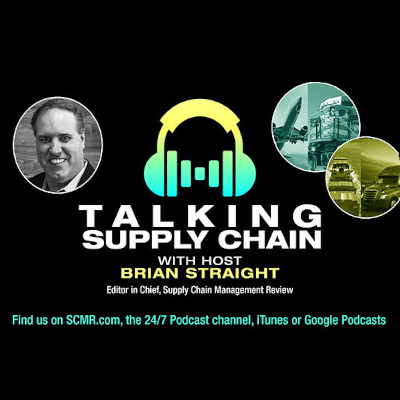
 Explore
Explore
Software & Technology News
- ‘Purple People’ and the evolution of supply chain talent
- Augmented reality’s role in upskilling the workforce
- Inflation continues to have a wide-ranging impact on supply chains
- Technology’s role in mending supply chain fragility after recent disruptions
- Tech investments bring revenue increases, survey finds
- Survey reveals strategies for addressing supply chain, logistics labor shortages
- More Software & Technology
Latest Software & Technology Resources

Subscribe
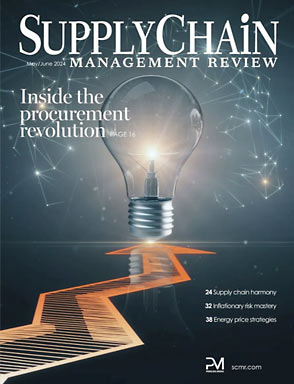
Supply Chain Management Review delivers the best industry content.
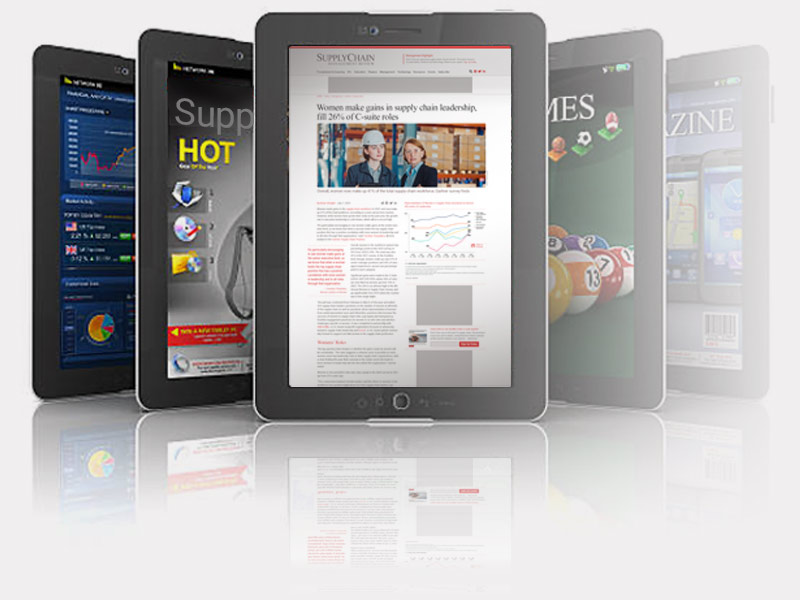
Editors’ Picks


